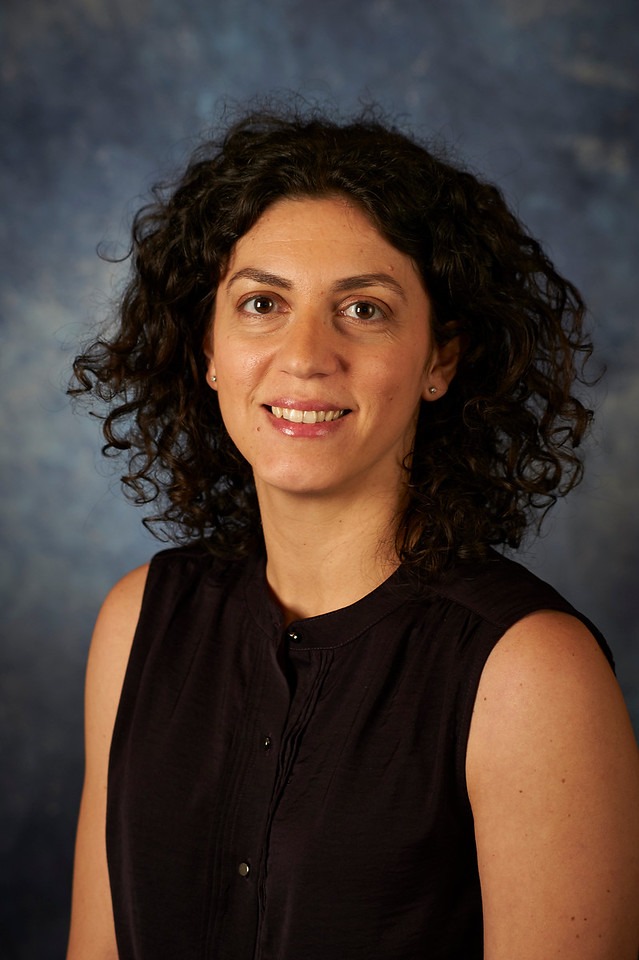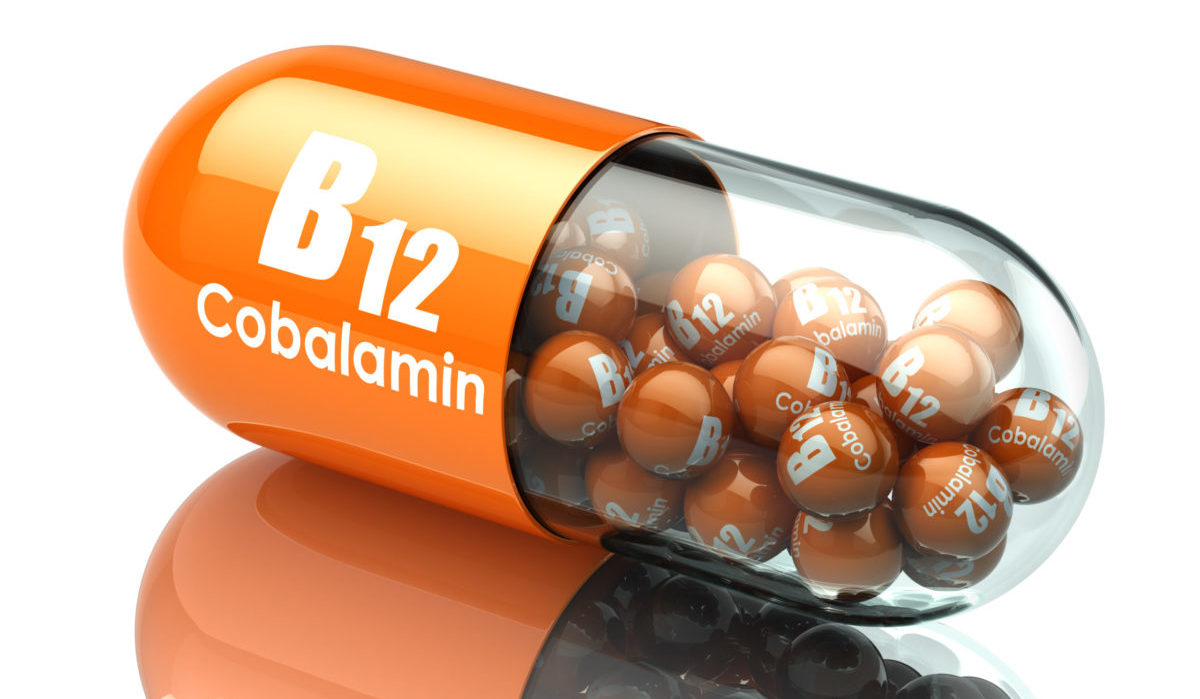January 2022
A recent article in the journal Nature Communications offers insights into the complexity of vitamin B12, or cobalamin, diseases while revealing potential therapeutic avenues for the patients suffering from this family of disease.
The authors of the article, including Medical School’s Assistant Professor in Developmental Biology and Genetics Dr Annita Achilleos, studied how mutations in two genes cause B12 deficiency disorder. They found that these mutations affect the same pathway as the most common genetic B12 disorder, cblC, while resulting in a clinically distinct disease

“Babies born with cblC suffer from a multisystem disease that can include intrauterine growth delay, severe neurodevelopmental defects, intractable epilepsy, anaemia, retinal degeneration, as well as renal and cardiac defects” said Dr Achilleos. “It’s been known that mutations in MMACHC, a gene encoding a key enzyme in the vitamin B12 metabolism causes cblC. There are patients however that present with more severe symptoms than the typical cblC symptoms and do not have mutations in the MMACHC gene, but rather in genes that code for proteins called RONIN and HCFC1. Mutations in these proteins lead to reduced MMACHC gene expression and a more complex cblC-like disease.”
The researchers demonstrated that this cblC-like disease, in which the function of RONIN and HCFC1 proteins is affected, is a hybrid syndrome comprised of both a cobalamin disorder and a disease of ribosome function, or a ribosomopathy.
The findings have potential therapeutic implications. “The discovery that ribosomes are affected in parallel to the cobalamin pathway could have significant implications on how physicians are treating patients with cblC-like disorders. Our findings may explain why many patients with cblC-like disorders do not respond to cobalamin supplementation alone.” Achilleos said.

